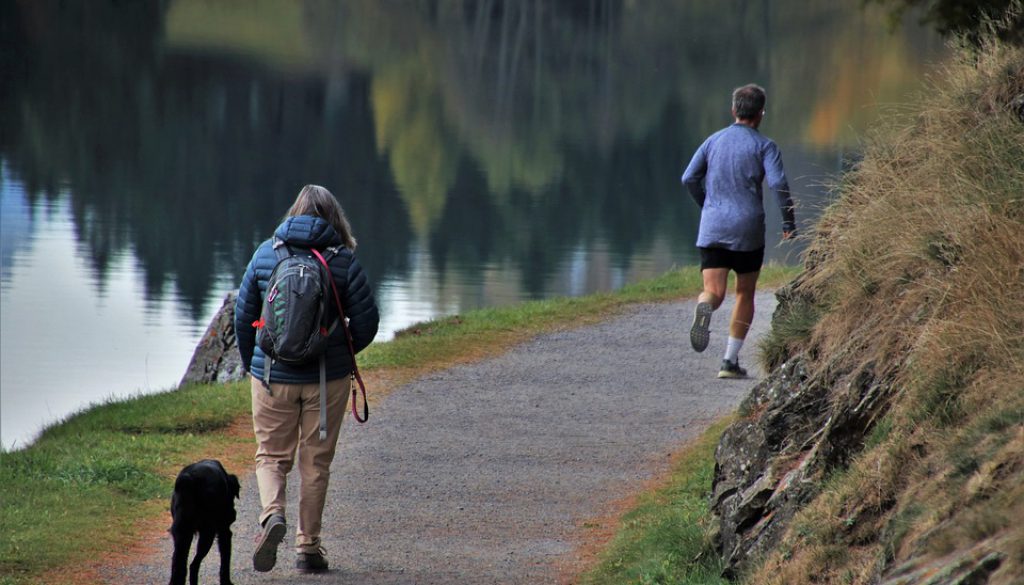From the intricate ballet of birds in flight to the graceful glide of fish, movement defines life. Yet, one of the most transformative forms of motion – walking on two feet – holds a special place in human history. Let’s trace back our steps to the very dawn of bipedalism.
Evolution’s Dance with Bipedalism
Bipedalism, or the ability to walk on two feet, didn’t just appear overnight. It’s a product of countless years of evolution, with nature constantly experimenting and refining our ancestors’ ways of moving. But why did bipedalism even emerge?
Meet Australopithecus afarensis: Lucy’s Enlightening Legacy
Arguably, one of the most pivotal discoveries in understanding bipedalism was the unearthing of “Lucy”, a member of the species Australopithecus afarensis. Lucy’s skeletal structure, especially her pelvis and legs, provided undeniable evidence of her bipedal habits, offering a window into our own evolutionary journey.
Hominids: The Pioneers of Upright Movement
Before us, there were the hominids. These precursors to modern humans played a significant role in the story of walking. By studying their fossils, we gain a clearer picture of the progression of human movement, tracing the shifts from quadrupedal to bipedal locomotion.
The Invention of Walking: A Twist in the Tale
While no single entity “invented” walking, the emergence of bipedalism can be likened to an invention. It revolutionized the way early humans interacted with their environment, granting them a vantage point to see over tall grass, freeing their hands, and even aiding in thermoregulation.
Chronicles of Human Locomotion
The history of human locomotion isn’t just about the physical act of walking. It’s about the cultural, environmental, and biological factors that influenced our journey from tree-dwellers to upright walkers. Every stride we took was a step towards the sophisticated mobility we enjoy today.
Anthropology and Its Revelations
The realm of anthropology has been instrumental in decoding the mysteries of our locomotive evolution. Through meticulous studies, researchers have unearthed patterns, behaviors, and even reasons behind the shift to bipedalism, bridging the gap between past and present.
Physical Evolution and Mobility’s Magic
Our physical development didn’t just stop with walking. From the curvature of our spine to the arch of our foot, every aspect of our anatomy has been honed for optimal mobility. The human body is a marvel, each part playing its role in our locomotive symphony.
Progress in Human Movement: Beyond Just Steps
Walking was just the beginning. Over time, our movement repertoire expanded, incorporating running, jumping, dancing, and more. The evolution of our gait, combined with cognitive development, set the stage for the multifaceted mobility we exhibit today.
A Step Back in Time: Reflecting on our Locomotive Legacy
Our journey from the first hesitant steps of our ancestors to the confident strides we take today is a testament to the marvel of evolution. Every step, every leap, every dance move, is a nod to our rich locomotive legacy. As we walk forward, may we always remember the intricate dance of evolution that brought us here.




